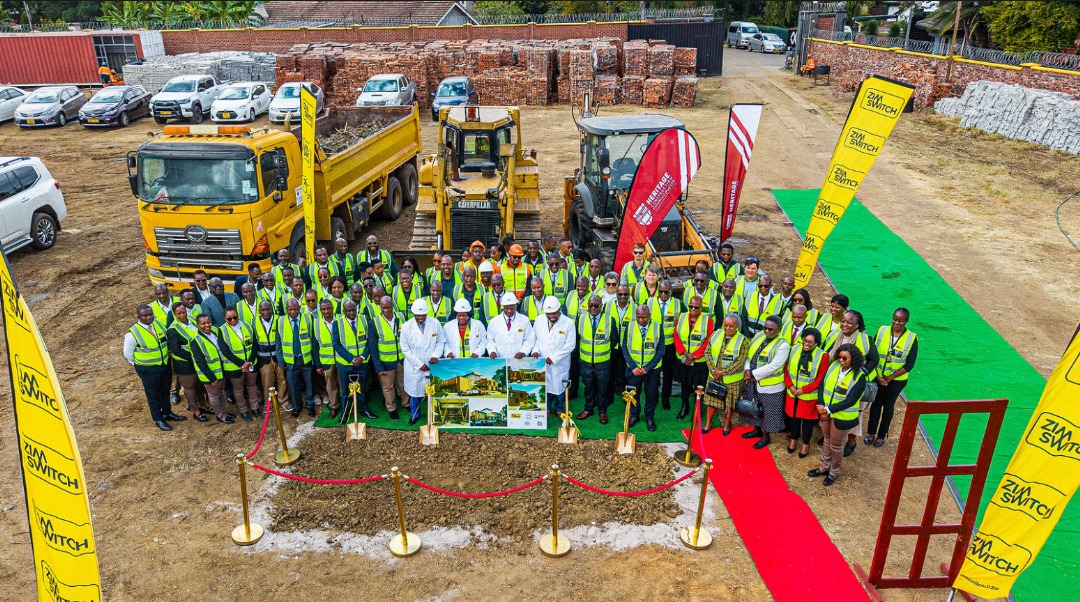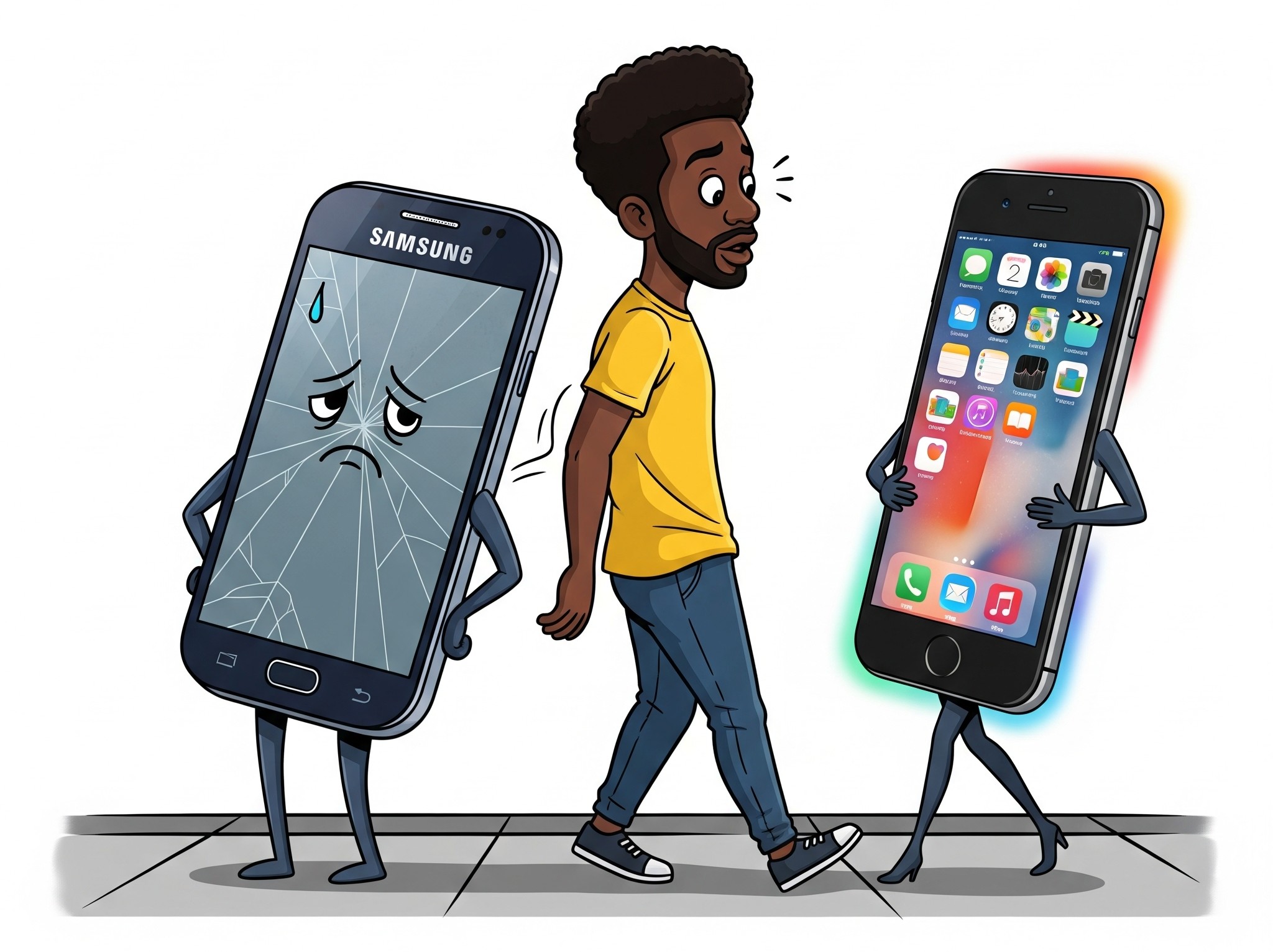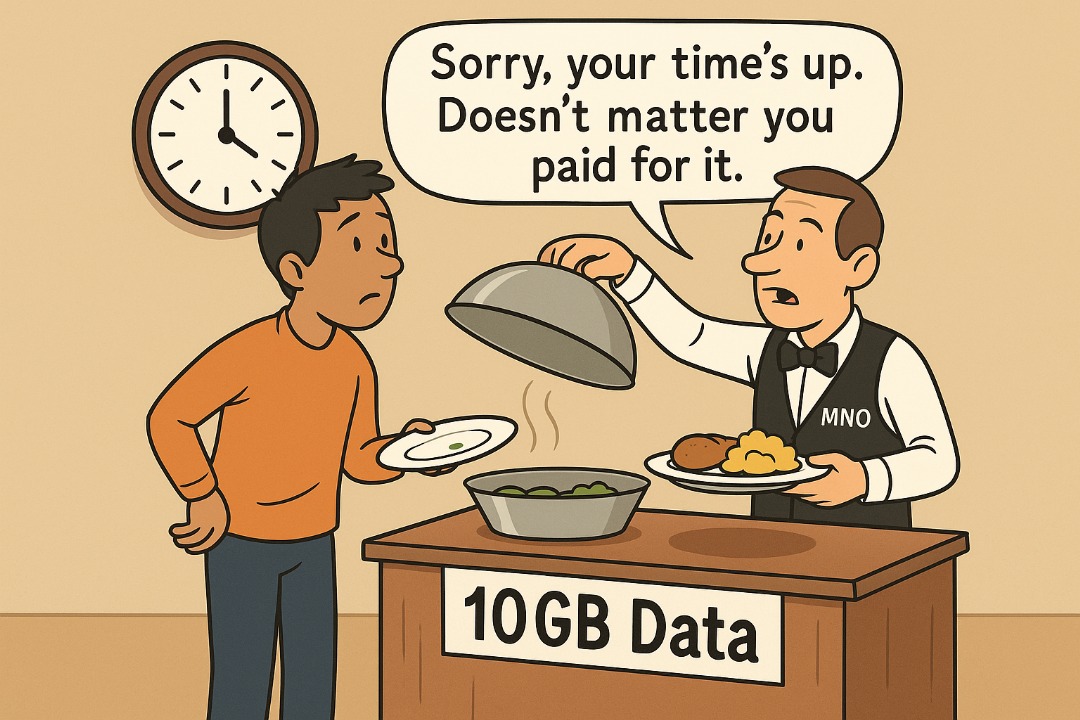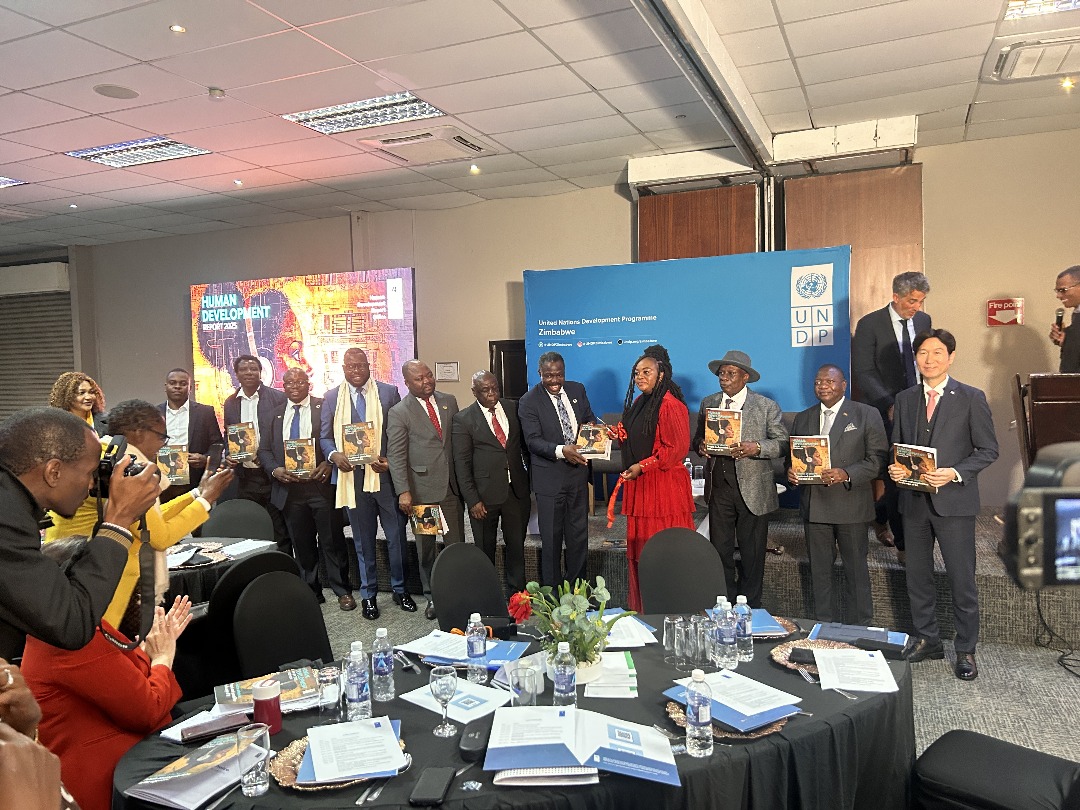CC Image courtesy of ITU Pictures on Flickr
The UN Broadband Commission for Sustainable Development released the State of Broadband report for 2017 where several issues came to light. The report is meant to be a unique global snapshot of broadband network access and affordability, with country by country data.
One issue which has not been addressed yet is the issue of gender disparity in internet access. The Commission convened a working group, The Digital Gender Divide to tackle this issue head on. The head of the group, Irina Bokova had this to say,
Today, more than ever, the digital revolution must be a development revolution … a sustainable development revolution. We need broadband to strengthen the sustainability of development efforts. We need broadband to bridge divides and not deepen them – especially for girls and women. We need broadband that ensures equal access to education, that enhances the quality of learning across the world, because these are the strongest foundations for sustainability and peace.
In Zimbabwe we found out this year that more men than women shop online which is most likely the result of men having better internet access. It is hard to say if any proactive steps are being taken to combat this. The Digital Gender Divide is a positive step by the UN but its effectiveness is yet to be seen. Judging by previous UN commissions and groups, they will forgive us if we do not hold our breaths.
The other issue to come from the report is the growing digital inequality between developed and developing nations. About 48% of the world’s population is now online which means over 3.9 billion people still do not internet access. Most of these 3.9 billion people are in the developing world. They estimate that internet penetration in the developing world will reach 41.3% by the end of 2017 but only 17.5% in the least developed world.
The effect this has was articulately put by Houlin Zhao, the co-vice Chair of the Commission,
This year’s State of Broadband 2017 report highlights several important findings. First, there is a suggestion that we are entering a ‘winner takes all’ phase in digital development – digital ‘frontrunner’ countries are moving even further ahead, while developing countries are generally being left behind. Furthermore, gaps in transmission speeds are also increasing. And there is still no visible progress that the digital gender divide is closing. Even in a high-growth industry such as ours, there is still cause for concern. In a few weeks, I’ll address the seventh World Telecommunication Development Conference (WTDC) in Buenos Aires. My message will be clear: It is our responsibility to bring the power of ICTs to all nations, all people and all segments of society.
The CEO of Nokia, Rajeev Suri had a similar observation,
76% of the world’s population lives within access of a 3G signal. Meanwhile, average speeds are increasing steadily around the world. According to Akamai, worldwide, 15 and 25 Mbps broadband adoption rates increased by 33% and 42% year-on-year, respectively. Global average peak connection speed increased 28% year-on-year to 44.6 Mbps for Q1 2017. This means that the definition of the digital divide is evolving, from the original definition of coverage and being connected/unconnected, to being connected with which speed of access. We must also prevent a new digital divide between those who live in the connected world benefiting from use-cases like connected health, connected education and smart transportation, and those without access to the use-cases the Internet of Things can provide.
To combat this some of the recommendations were for telcos in the developing world to share infrastructure. In Zimbabwe that has been in discussion for years now. We are yet to find a fair solution.
What do you think about these commissions? Are they effective or do they just get paid to state the obvious? Some have argued that the UN has no reason to exist as it is powerless to effect any meaningful change. Whatever the case though, the report makes for interesting reading.













Comments
4 responses
Powertel On internet in Bietbridge for 10 days now,
Hi Techzim
I’m always impressed by your very informative updates .Because of techzim and the nice tel -one broadband advert that’s always on your pages, I considered setting up WiFi at home.I’m however so disappointed to be informed that there is neither ADSL no fibre available where I live ie: corner 3rd and Herbert Chitepo avenue…..an otherwise central place in Harare’s CBD.
So much for good advertising. Maybe they/you should rephrase because it is in fact NOT available. “Enjoy fast,affordable and reliable internet at home today”. …..just not around CBD !!!!!
SO WHERE CAN I BUY BITCOIN UN ZIMBABWE ONLINE
Please don’t get carried away and lose some basic facts about the 3rd World.
The majority population lives in abject poverty in the rural areas where there are no ablution facilities, clean running water and live in huts and less than $1/day. It would be spooky and mind-boggling to have that sad scenario side by side with the “latest technology”, wouldn’t it?